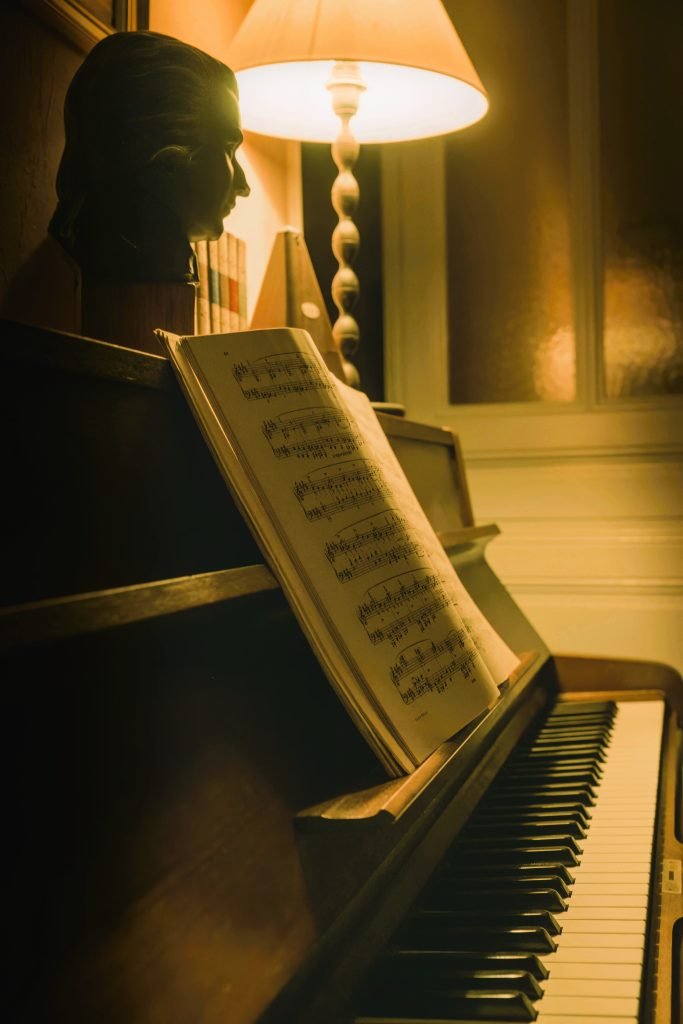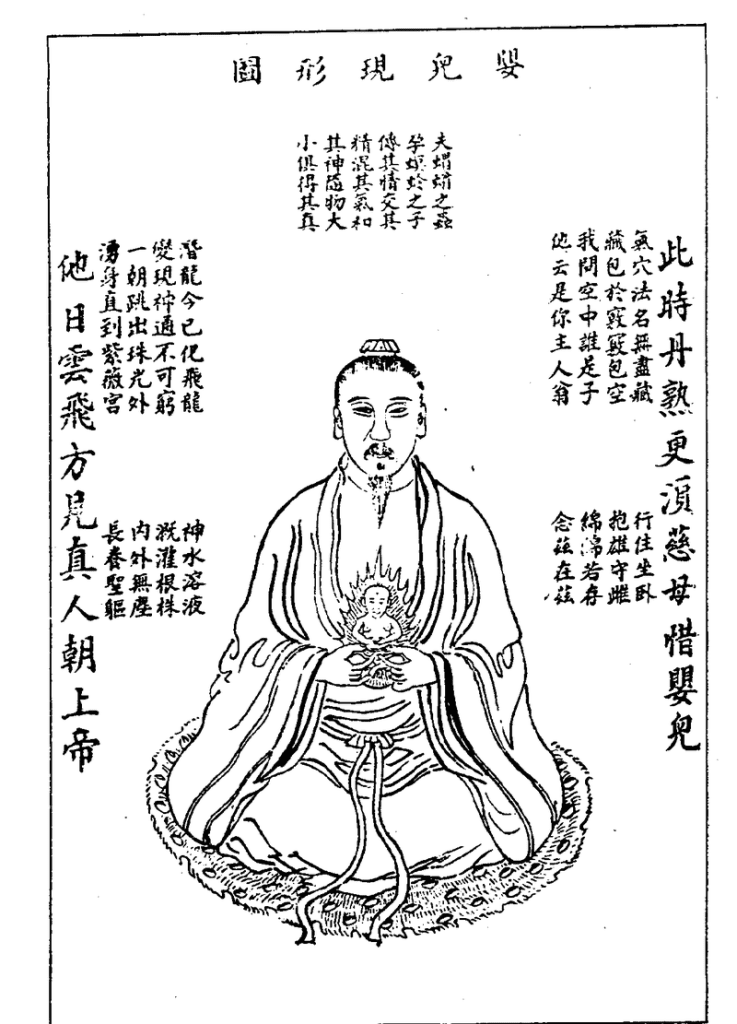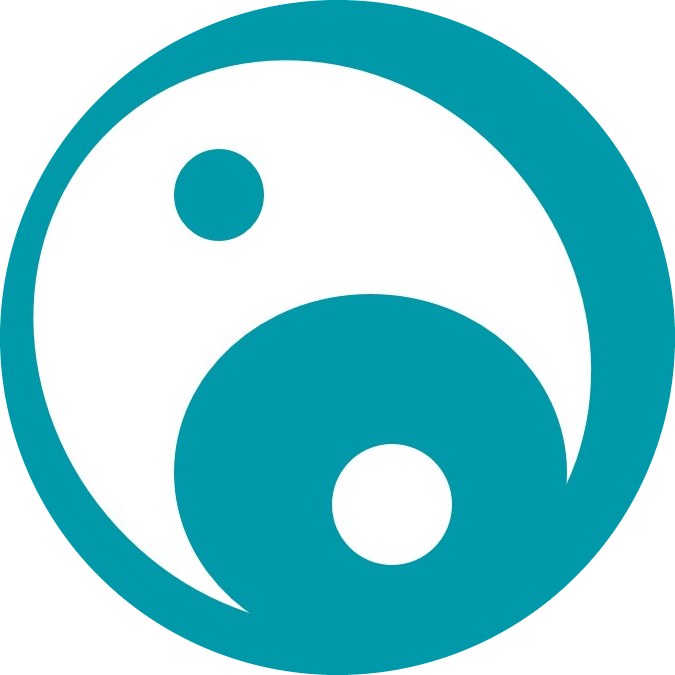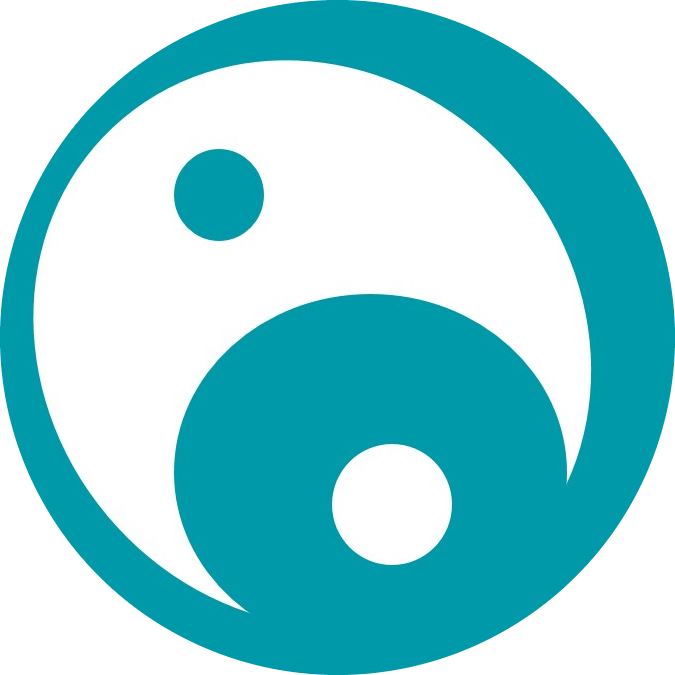Tai Chi, art and free movement
. Tai Chi (Tai Ji) is a philosophical and practical principle, which when applied to martial arts is known as Tai Chi Chuan (Tai Ji Quan), and could be translated as ‘The Martial Art of Balance Supreme’. This already indicates that Tai Chi not only involves learning sequences of coordinated movements, but rather an art based on a few fundamental principles.

Great masters of art
To delve deeper into Tai Chi, we learn, as in other arts, from great teachers who have dedicated their lives to developing their respective disciplines, achieving a certain degree of excellence. Whether it is sculpture, painting, music, singing, dance,…. Throughout the history of humanity, artists have been able to develop as people and overcome their own barriers through the cultivation of their art, dedicating constant effort and work.
In this way, in addition to living their own life experience linked to art, they have been able to provide us with an intangible legacy in which many people have been inspired and through which they have learned to develop their own life experience through art. Therefore, we can see that in addition to collective development, art offers an opportunity for individual development. Just as no two people are identical, no two artists develop their art in exactly the same way, so each artistic expression is unique.
Tai Chi styles and forms
Throughout the history of Tai Chi there have been great masters such as Chen Fake, Yang Luchan or Sun Lutang, who have developed the art during their lives, creating their own styles. These styles are made up of a series of sequences (forms or Taolu) based on fundamental principles, which are the legacy of these ancient masters.
In the same way that musicians learn the scores of classic masterpieces such as Mozart, Bach or Beethoven, Tai Chi practitioners learn the styles and forms that the great Tai Chi masters have developed. Through the interpretation of the works of great masters, a musician can reach a high level of understanding in his discipline, and be able to transmit the skill and taste for the art to many other people.
But a perhaps deeper step of understanding and fusion with art is taken by those people who do not only limit themselves to interpreting the melodies or imitating the steps of the great artists of their disciplines. These people, expressing their own nature, interpret the classics in their own way or compose their own works. In this way they contribute to expanding the perspective and richness of art.
Fundamental principles to practice free movement in Tai Chi
There comes a time in our Tai Chi practice when the body asks us for freer movement, momentarily leaving aside the precise form of the encoded sequences (Taolu), but maintaining the fundamental principles on which Tai Chi is based. In this way we can allow ourselves to be the Tai Chi movement, that is, the movement that is born from within us.
It is a type of movement that manifests itself in the calm of the spirit and in attention to our essence. The fundamental principles that allow us to move freely within a dynamic Tai Chi structure are:

- Alignment of the internal structure by Zhan Zhuang (let go of).
- Listen/feel the energy (Ting jin)
- Dan-Tian (the center of gravity) moves (oscillates), in continuous expansion and contraction, and the rest of the body follows.
Moving freely taking these principles into account, the energy that moves the body is not being guided by thoughts, but by the internalized awareness of energy paths taken previously. At this point, a simple idea such as 'now I'm going to throw a punch' diverts our presence in the movement for an instant, leading to an interruption in the full expression of our Tai Chi.
When the movement of our energy is not interrupted by thoughts, we say that it moves under a will of its own, and yet not independent of us. Like a surfer rides on a wave of the sea, being at times the same energy that moves the wave, and depending totally on it to express his balance and skill achieved in his discipline, Tai Chi practitioners let themselves be carried away by thier own energy to express the art.


